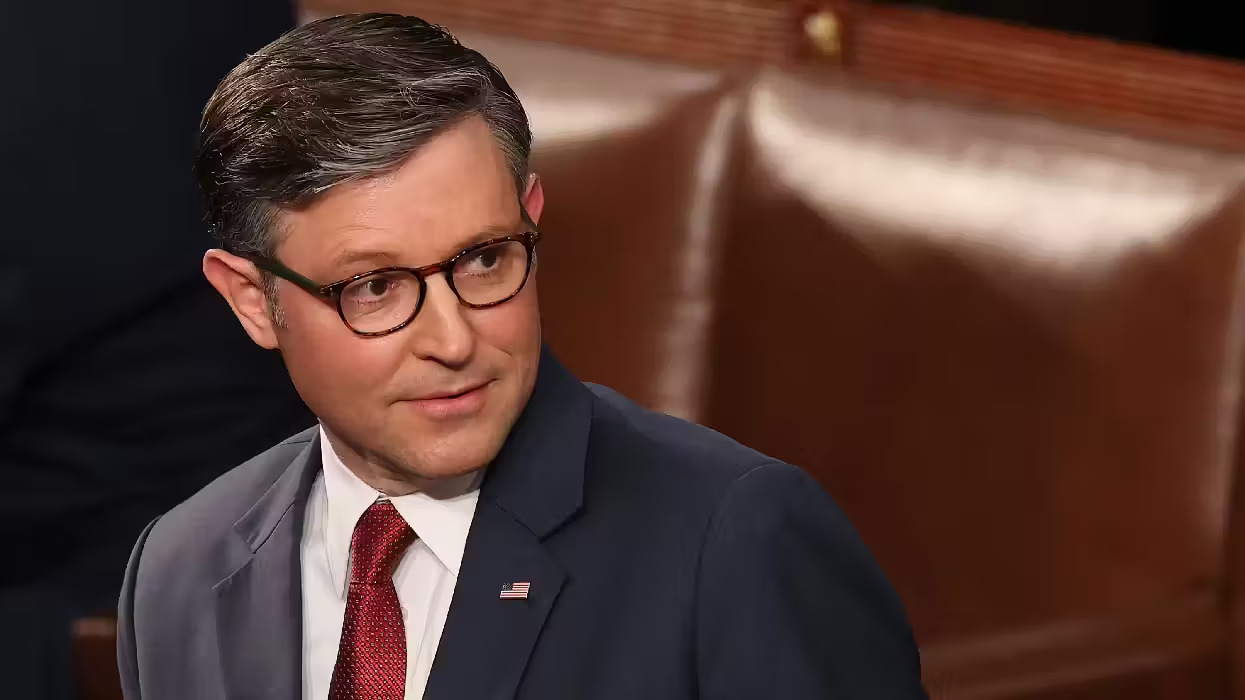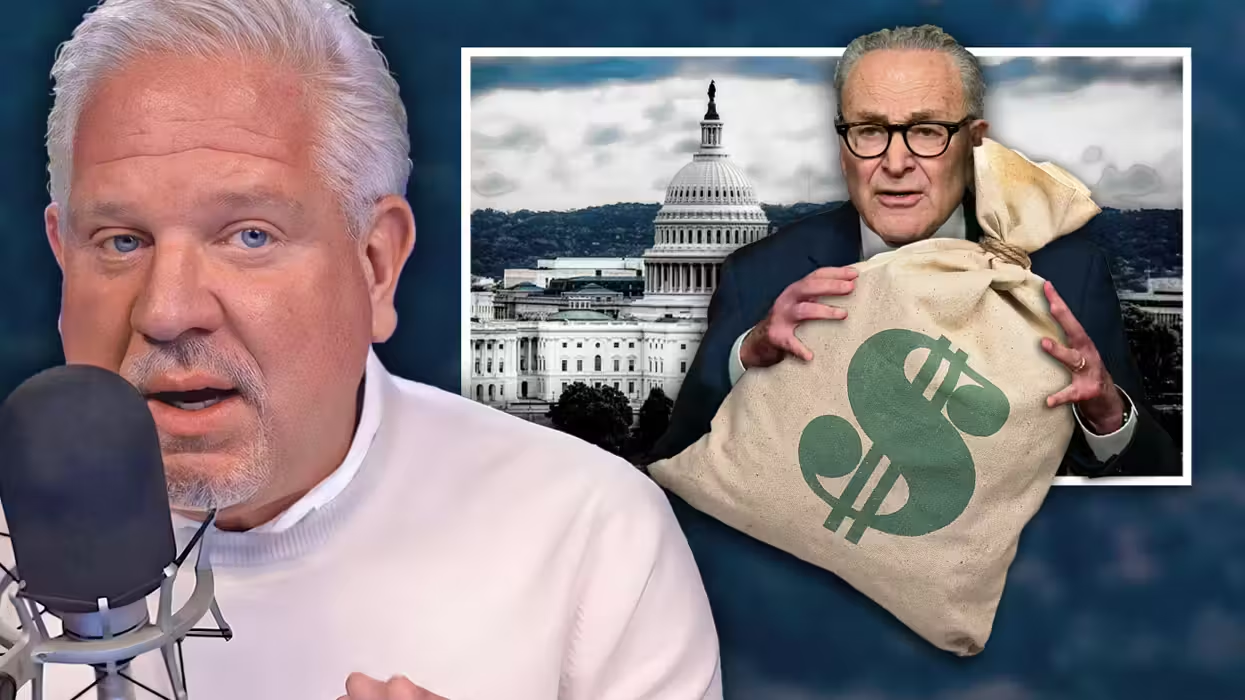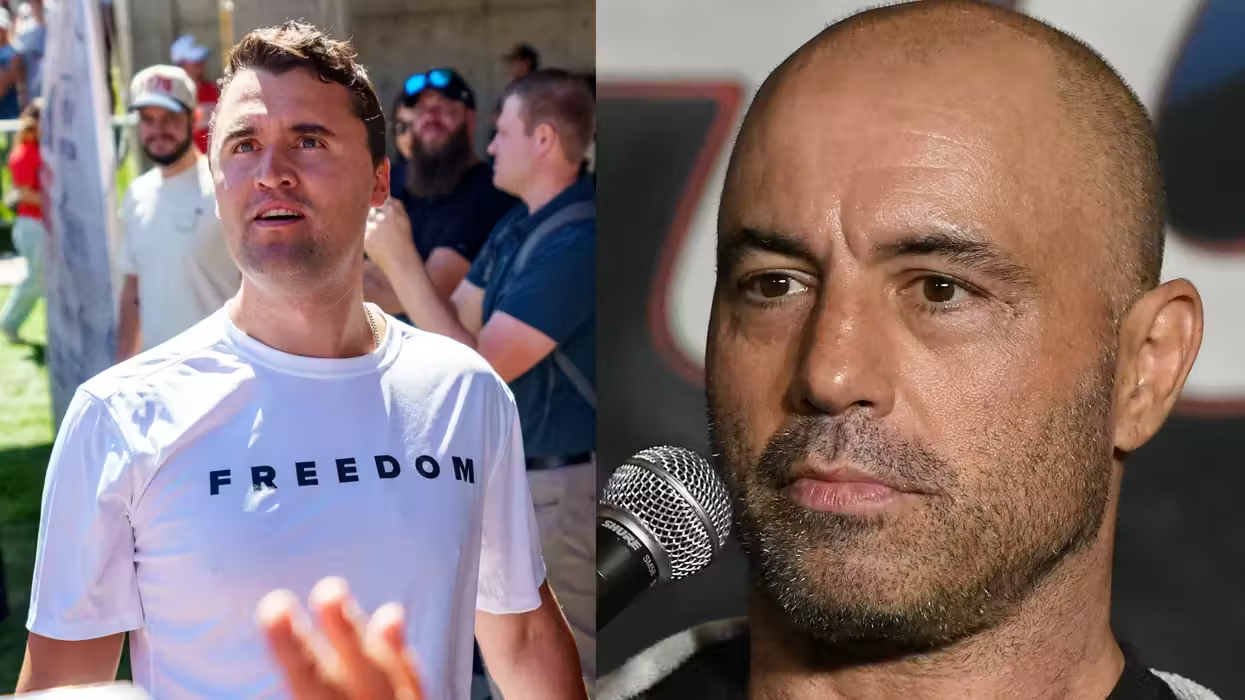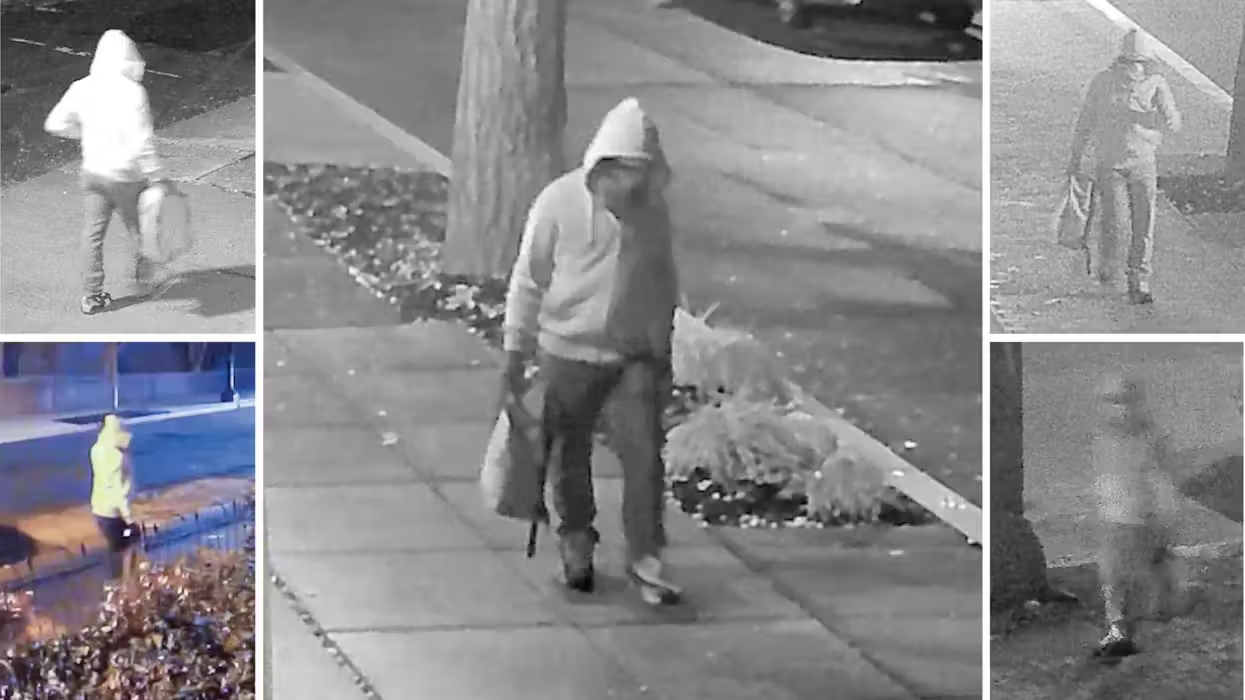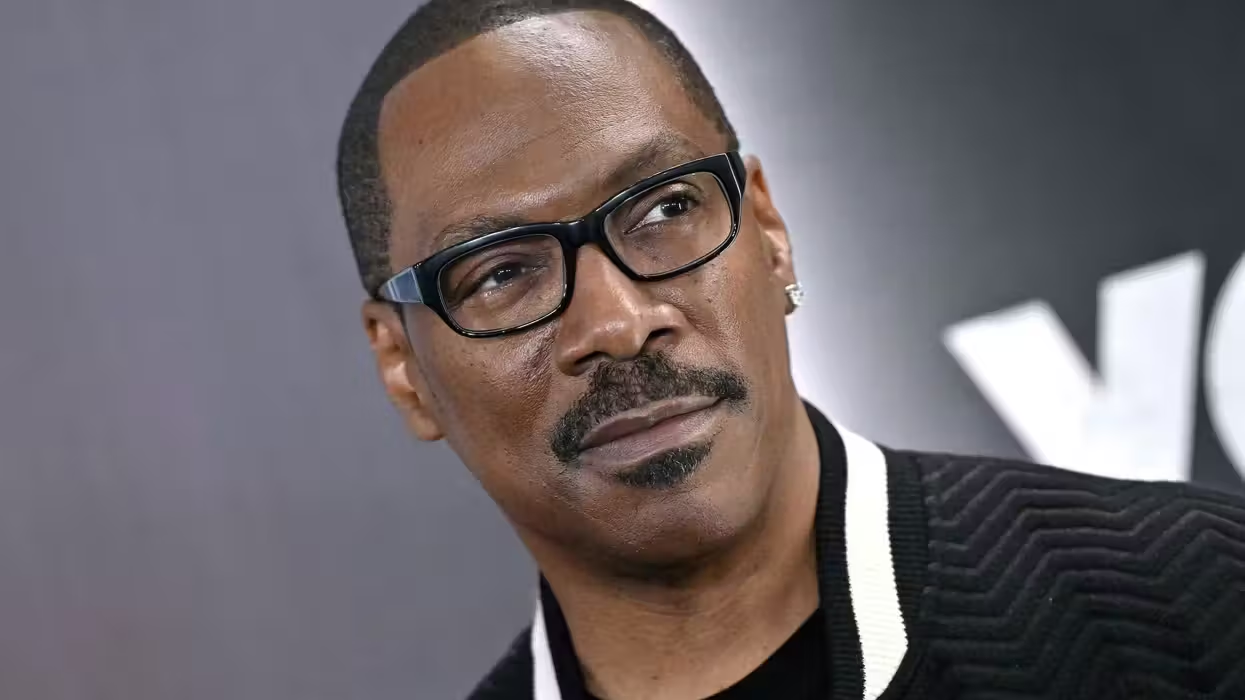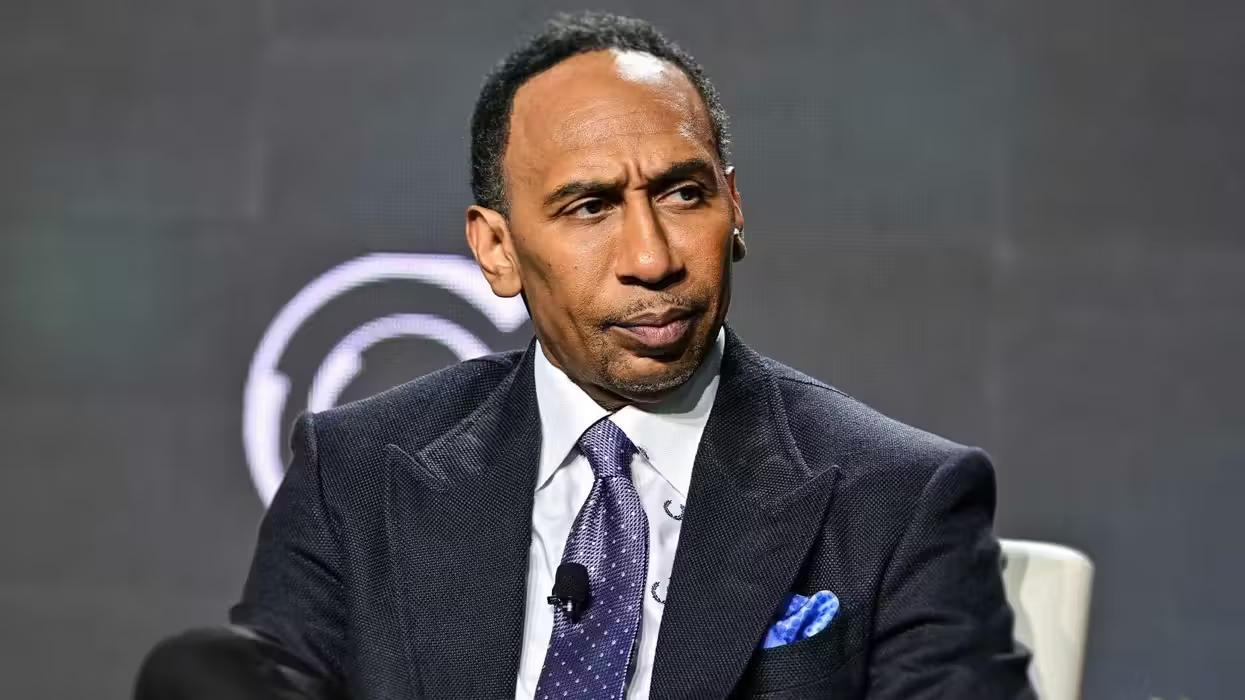Buried underneath a dusty, barren field just off of a busy interstate in Winslow, Arizona, is the seemingly forgotten, tragic history of the Native Americans in the region.
Under the ground are the remains — some dating back to the 1930s — of stillborn babies, tuberculosis patients, and sick or malnourished Native Americans from Winslow and the surrounding Navajo and Hopi reservations. The field had become "a place where children played freely, teenagers spooked themselves on Halloween and locals dumped trash, seemingly unaware of the history beneath them," according to the Associated Press.
But local historical preservationist Gail Sadler was determined to identify the remains of the roughly 600 people buried at the site to connect descendants with their ancestors and history.
"If anyone is searching for family, I don't want these little ones to be lost," Salder told the Associated Press.
 This July 9, 2014 photos shows part of a wooden cross sticking out of the ground at a cemetery in Winslow, Arizona. Local historic preservation Commissioner Gail Sadler has made it her mission to unearth the identities of roughly 600 people buried there and help their descendants reconnect with a lost part of their history. (AP Photo/Felicia Fonseca)
This July 9, 2014 photos shows part of a wooden cross sticking out of the ground at a cemetery in Winslow, Arizona. Local historic preservation Commissioner Gail Sadler has made it her mission to unearth the identities of roughly 600 people buried there and help their descendants reconnect with a lost part of their history. (AP Photo/Felicia Fonseca)
However, as the AP notes, not all Native Americans have a desire to revisit the dead:
Her Mormon belief about the value of knowing one's ancestry suddenly came up against traditional Navajo beliefs about death as something one rarely discusses, and Navajo and Hopi tradition about not visiting burial sites.
Some warned her that she risked inviting evil spirits if she continued her pursuit of the dead.
Sadler, 58, said she was both heartbroken - and appalled - at the condition of the cemetery when she first laid eyes on it in 2008, soon after she had been appointed to the Winslow Historic Preservation Commission.
[...]
Burials of Hopi generally are private and occur within a day of a person's death to allow the physical and spiritual journey of a person to begin simultaneously. Once a person is buried, Hopis don't revisit the burial site.
It seems nearly impossible to find every single unmarked grave in the field as the graveyard was neglected and eventually forgotten. Still, she reportedly worked nights and weekends to locate death certificates and other identifying information, which would later be entered into a detailed spreadsheet outlining identities of the deceased.
 This July 9, 2014 photo shows Gail Sadler, a historic preservation commissioner in Winslow, Arizona, speaking about a pauper's grave. (AP Photo/Felicia Fonseca)
This July 9, 2014 photo shows Gail Sadler, a historic preservation commissioner in Winslow, Arizona, speaking about a pauper's grave. (AP Photo/Felicia Fonseca)
 This July 9, 2014 photo shows Navajo archaeologist Kim Mangum picking up a wooden cross at a cemetery in Winslow, Arizona. (AP Photo/Felicia Fonseca)
This July 9, 2014 photo shows Navajo archaeologist Kim Mangum picking up a wooden cross at a cemetery in Winslow, Arizona. (AP Photo/Felicia Fonseca)
 This July 9, 2014 photos shows a death certificate indicating the person was buried at the Winslow Indian Sanatorium Cemetery in Winslow, Arizona. Local historic preservation Commissioner. (AP Photo/Felicia Fonseca)
This July 9, 2014 photos shows a death certificate indicating the person was buried at the Winslow Indian Sanatorium Cemetery in Winslow, Arizona. Local historic preservation Commissioner. (AP Photo/Felicia Fonseca)
Sadler would later raise enough money from the city to get a black iron fence built around the cemetery. Next, she wants to build a monument to the people who were buried at the site.
Sadler, a mother of eight children in a blended family and grandmother to 17 kids, says she has found roughly 543 names of people buried at the forgotten cemetery so far. Her work, published in local papers, has since attracted tourists and some Native Americans.
"I shed more than one tear, especially when I would see the same mother, several times over the years burying a baby there. It just melted my heart," Sadler said.

 This July 9, 2014 photos shows part of a wooden cross sticking out of the ground at a cemetery in Winslow, Arizona. Local historic preservation Commissioner Gail Sadler has made it her mission to unearth the identities of roughly 600 people buried there and help their descendants reconnect with a lost part of their history. (AP Photo/Felicia Fonseca)
This July 9, 2014 photos shows part of a wooden cross sticking out of the ground at a cemetery in Winslow, Arizona. Local historic preservation Commissioner Gail Sadler has made it her mission to unearth the identities of roughly 600 people buried there and help their descendants reconnect with a lost part of their history. (AP Photo/Felicia Fonseca)
